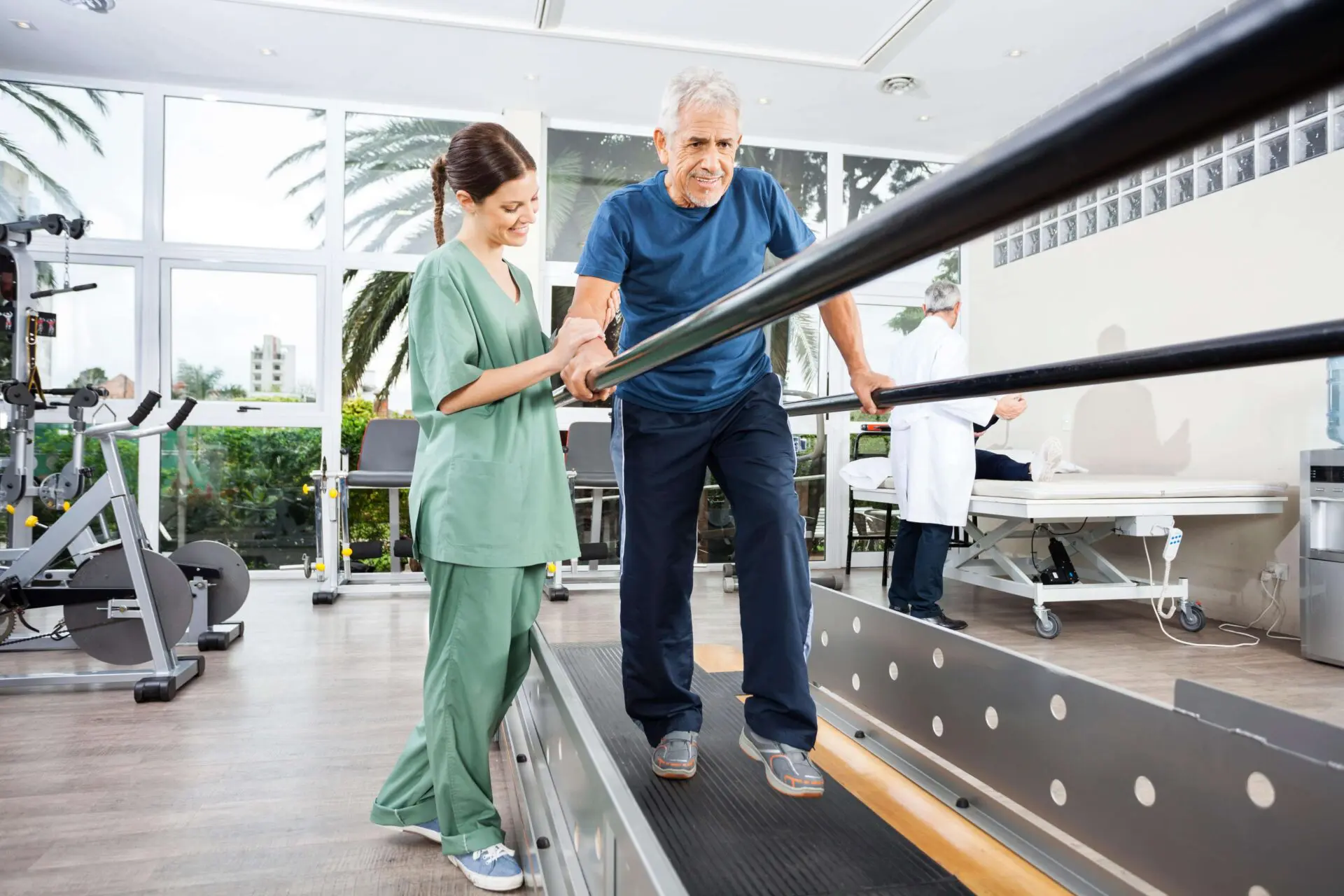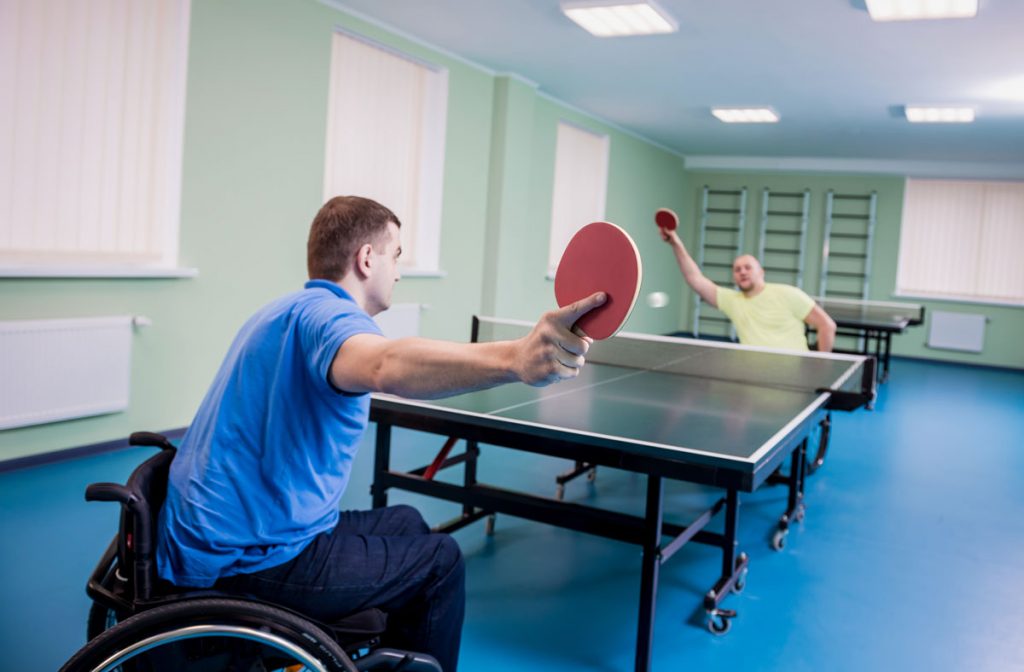A Biased View of Dementia Fall Risk
The Only Guide to Dementia Fall Risk
Table of ContentsWhat Does Dementia Fall Risk Mean?What Does Dementia Fall Risk Do?The Basic Principles Of Dementia Fall Risk The Buzz on Dementia Fall RiskDementia Fall Risk Fundamentals Explained
In the neighborhood, poor street illumination or vulnerable creeks and garbage dumps may also create accidents. Loss Threat Assessment Tool (FRAT) is a 4-item falls-risk testing tool for sub-acute and property treatment. The FRAT has 3 areas: fall threat standing, danger variable checklist, and action plan. A Fall Risk Status includes data about history of current drops, medicines, mental and cognitive standing of the client.If the client scores on a threat variable, the equivalent number of factors are counted to the individual's autumn danger score in the box to the much appropriate. If a patient's loss risk score completes 5 or higher, the individual goes to high threat for drops. If the individual ratings just four points or reduced, they are still at some risk of dropping, and the registered nurse should utilize their finest scientific analysis to take care of all fall threat aspects as component of an all natural care strategy.
These basic methods, in general, assist establish a secure environment that minimizes accidental falls and delineates core preventative steps for all clients. Signs are important for patients at danger for drops.
Some Ideas on Dementia Fall Risk You Need To Know
Wristbands need to include the client's last and initial name, date of birth, and NHS number in the UK. Information should be printed/written in black against a white background. Only red shade ought to be made use of to signify unique patient condition. These referrals follow current growths in person recognition (Sevdalis et al., 2009).
Items that are also much might require the person to get to out or ambulate needlessly and can possibly be a hazard or add to drops. Helps prevent the person from going out of bed with no help. Registered nurses react to fallers' phone call lights faster than they do to lights initiated by non-fallers.
Aesthetic impairment can greatly create drops. Keeping the beds closer to the flooring reduces the risk of falls and significant injury. Putting the cushion on the flooring significantly minimizes autumn threat in some health care settings.
The 3-Minute Rule for Dementia Fall Risk
People who are high and with weak leg muscular tissues that try to rest on the bed from a standing placement are most likely to fall onto the bed since it's as well low for them to lower themselves safely. If a tall individual attempts to obtain up from a low bed without aid, the individual is most likely to fall back down onto the bed or miss the bed and fall onto the flooring.
They're created to advertise prompt rescue, not to stop falls from bed. Distinct alarm systems can additionally remind the individual not to obtain up alone. The usage of alarm systems can likewise be a replacement for physical restraints. Other than bed alarm systems, boosted supervision for high-risk clients additionally might assist prevent drops.

People with an evasion gait rise loss click here for more info opportunities substantially. To decrease fall risk, footwear need to be with a little to no heel, slim soles with slip-resistant walk, and support the ankle joints.
Dementia Fall Risk Fundamentals Explained
In a study, homes with sufficient illumination record less falls (Ramulu et al., 2021). Renovation in illumination at home may lower fall prices in older grownups.

Sitters are efficient for assuring a secure, secured, and risk-free atmosphere. Studies demonstrated very low-certainty proof that caretakers lower loss danger in severe treatment hospitals and only moderate-certainty that choices like video clip surveillance can lower sitter use without increasing loss threat, suggesting that caretakers are not as helpful as initially believed (Greely et al., 2020).
Some Known Details About Dementia Fall Risk

Boosted physical conditioning decreases the danger for falls and limits injury that is endured when fall takes place. Land and water-based workout programs might be similarly beneficial on equilibrium and stride and thus reduce the danger for falls. Water exercise may add a positive advantage on balance and stride for women 65 years and older.
Chair Increase Exercise is a straightforward sit-to-stand exercise that helps reinforce the muscle mass in the upper legs and buttocks and enhances mobility and freedom. The goal is to do Chair Increase exercises without using hands as the customer comes to be stronger. See resources area for an in-depth instruction on exactly how to perform Chair Increase workout.